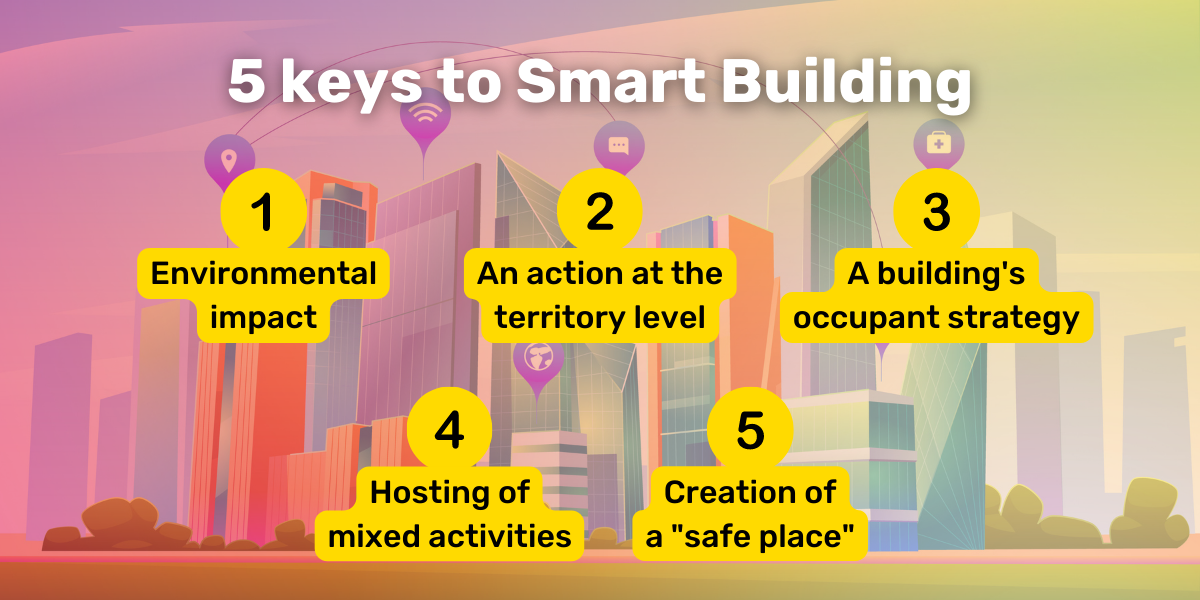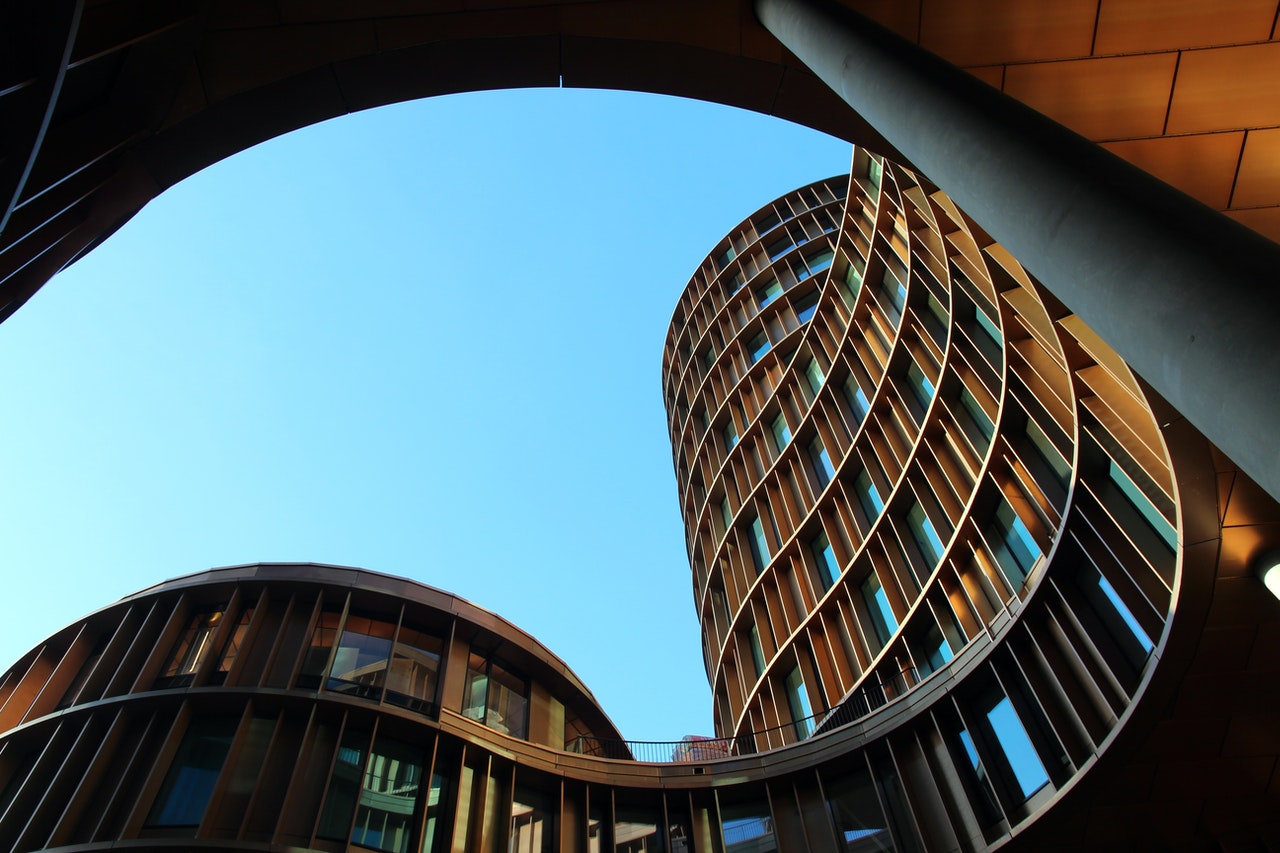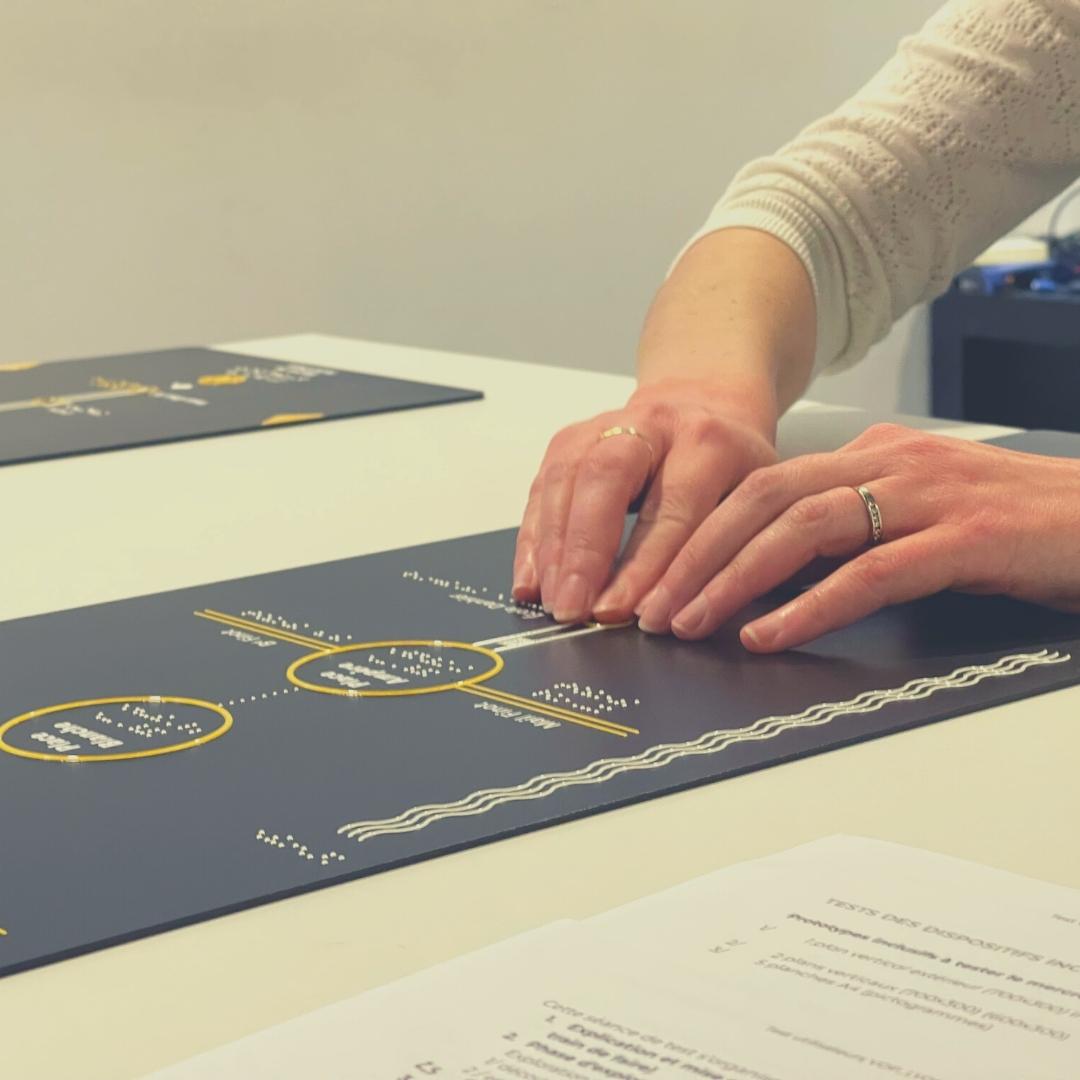The 5 keys of tomorrow's Smart Building

If the term "Smart building" was born in the 1980s, it is currently experiencing an unprecedented boom due to the advent of new technologies, environmental and sociological issues but also crises such as the COVID.
What is a Smart Building? For whom is it built? Why is it developed? How does it work?
What is a smart building?
There are many definitions for this neologism. According to the Ministry of Ecological Transition, DRIEE, "the concept of smart building corresponds to the integration of active and passive energy management solutions, aiming to optimize consumption, but also to promote the comfort and safety of building users while complying with current regulations."
If yesterday, buildings were simply shelters, "the smart building goes far beyond; we must think of it as a multiservice platform for space, for work, for health, for mobility..." summarizes Emmanuel François, president of the Smart Building Alliance (SBA). We are no longer limited to walls, smart buildings offer an experience and a use, they offer value.
The use of new technologies is at the heart of these smart buildings. Indeed, all building equipment, from elevators to lights to portals, are potential information providers regarding their use.

According to Olivier Selles, Head of Innovation at BNP Paribas Real Estate, the notion of "Smart Building" is based on 5 pillars:
- The environment: from the choice of its location to the choice of materials to its use, all choices are made to reduce its carbon footprint. Indirectly, this focus also allows...
- An action at the level of the territory: the implementation of an intelligent building is beneficial for the district. In addition to attracting a new population, it will generate new activities (restaurants, services...) while having a minimum impact on the environment.
- A service for the building tenant's strategy:
- The smart building aims to improve the quality of life at work of the occupants, their well-being and thus their overall productivity. The company's profitability is only improved.
- Whatever the technology used (sensors, etc.), the manager will also be able to optimize the occupation of the premises. Especially with the emergence of telecommuting.
- Home of the mix of activities: this concept of "mix" is not recent since the architect Le Corbusier already created housing units in 1920. These were buildings that contained housing but also stores, sports or medical facilities, laundries, meeting places, in short all the equipment and services necessary for life. At the smart building level, it's the same challenge: to offer a maximum of services in the workplace.
- The creation of a "safe place": originally, a building is a shelter, a reassuring place where one feels safe. But what about when you arrive in these places, which can be complex and immense? When one is a victim of the language barrier? When one is prevented from moving around or simply in a stressful situation of not finding one's way? Smart buildings rely on new technologies and especially on smartphones to overcome this problem. If we take the example of The Outlook, Microsoft's headquarters in the Netherlands, an application guides you from your parking space to your meeting place, whether it is a meeting room, an office or a living space. Some actors like TOTAL ENERGIE La Défense go even further by choosing an application designed for all audiences (including the disabled) that guides you from the exit of the subway of La Défense to the desired location.
As you can see, the main issue is optimization at different levels: the relationship between building users, their health and safety, environmental impact, energy costs, connectivity to enhance the experience, the multi-services dimension, and management costs.
The building is no longer a product, it becomes alive, evolving, offering new capabilities.

How does it work?
An intelligent building is equipped with passive and active elements, whose purpose is to improve the performance of the building.
The active elements are related to new technologies. They are for example: environmental management systems, remote control of centralized systems, integrated maintenance management, connected equipment, sensors, connected objects (IoT), data management tools, analysis software ... This equipment must be designed to exchange their information to the building operating system, the "Building Operating System" or BOS. The BOS will be the link between all the active equipment in the building. It is thanks to this system that the building can be .
The passive elements improve the performance of the building from its construction without interacting with the management systems, among them: orientation of the building, its insulation, the choice of building materials...
For whom?
For all the building's users, for the managers, for the planet! This is not a techno-centric building, but a human-centric one," says Fabrice Poline, strategic marketing manager at Bouygues Construction. A building equipped with a digitalized system only becomes an intelligent building if it meets both socio-economic and ecological challenges, such as providing its users with the services they really need: saving time and efficiency in the office, benefiting from a better remote connection, while reducing its costs and carbon emissions."
Beyond the environmental and economic aspects, users are at the heart of the challenges of smart buildings. If today 20% of the French population is disabled, and 40% have a disability, it is key for these intelligent buildings to take their needs into account and provide them with a quality experience as soon as they enter the building, whether as visitors, managers, users, etc.
And if “smart is inclusive first” ?


